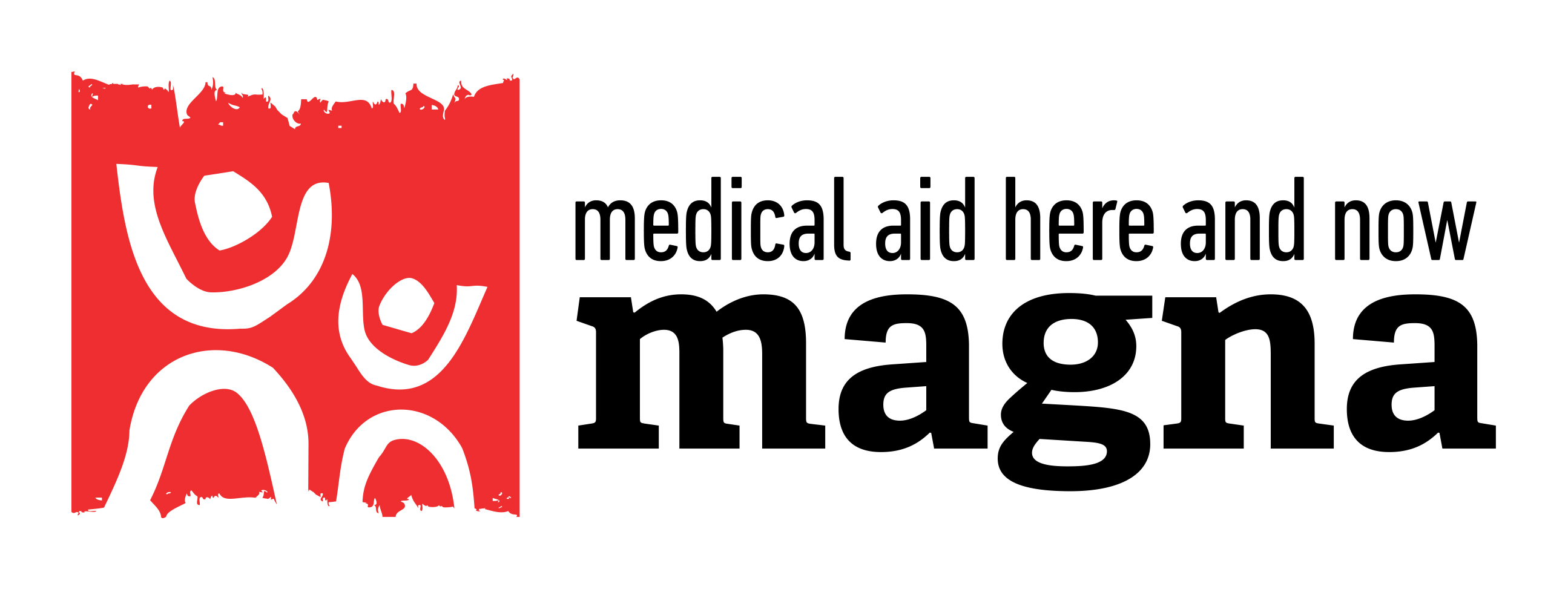MAGNA: Treating malnutrition is often complicated by prejudice against „western“ medicine
MUDr. Eva Vitáriušová PhD, is a child doctor at the pediatric department of the Faculty of Medicine at the Comenius University and the Children’s Faculty Hospital with Policlinic in Bratislava. She is also dedicated to pediatric endocrinology and diabetes, metabolic disorders and nutrition. She cooperates with MAGNA on setting up medical standards and she helps directly in the field on projects in countries like Cambodia, Kenya and in Europe during the refugee crisis. She came to the mission in Cambodia in July 2007. In that time, we were in the middle of reconstructing the pediatric department of the Chea Chumneas hospital in the region of Kandal, together with a nutrition project within the existing projects of distributing medicine for HIV positive patients and basic medical care. In the following interview, she will talk closely about her experience with treating malnutrition and working on the project in Cambodia:
- From a medical point of view, how did you approach the treatment of malnutrition in Cambodia?
The nutrition project was very ambitious, but righteously. Its power lied not only within the in-patient treatment of malnourished children, but also in the follow-up care, which was composed of meticulous terrain work with entire families. Its aim was to stabilize the child and then engage the family and organize the distribution of nutritional help to avoid relapse.
- Can you describe how does the treatment of a malnourished child take place?
The aim of the treatment of a malnourished child is the stabilization of clinical conditions, adjust the nutritional conditions, so the body weight gradually rises and the connected complications can be treated. It is a very slow process. The basic criteria on whether the child must be treated outpatient or needs hospitalization is the severity of malnutrition. If he or she must stay in the hospital, we start treating them with therapeutic milk. This “milk” has nutritional values that were set up exactly according to the World Health Organization and sometimes must be served with a probe. After a short interval we move on to a more nutritional and energetic milk, as this approach takes into account the possible complications from sudden supply of nutrients. The dosage is higher each time and based on the weight of the child, the patient can be released home where he will be served RUTF. Every malnourished child is usually chronically dehydrated and hence his kidneys and heart do not work properly. That is why the dosage must be increased very carefully, so we avoid cardiac failure. Complications usually include low sugar level in the blood, changes in the metabolism of minerals that can damage the brain of the child. The patients also often suffer of diarrhea, breathing tract and skin infections. Specific groups are children with so called kwashiorkor. This disease is caused by the lack of protein in the diet. A child is swollen and hence looks like he is receiving enough food. Contrary from their looks, their state is critical and once the treatment is started, the swollenness immediately disappears and reveals all of the complications.
- What did you experience in the field?
Patients and their families are often very simple, uneducated people with prejudice against western medicine. We often meet with lack of trust in doctors and hence they often choose their own ways of treatment. The hygienic manners of the families of the patient and their household are often a challenge as well. Another challenge is the accessibility of medical help and limited access to therapeutic examinations. There are places where there is practically no access to professional help and patients do not have enough financial resources and physical strength to tackle a long trip to a medical center. If there is one in the region, it often lacks the logistics and material equipment for a malnourished child. MAGNA maximizes its efforts to offer the basic examinations directly in the provincial hospital and prompt cooperation with better equipment to manage the treatment.
- What did the mission in MAGNA mean to you?
The entire program and the fact that I was able to take part in it was a big deal for me. The individual fates of the cured children are an inspiration for my future work and to continue helping other new patients. I was touched by the stories of the members of the therapeutic team, including doctors, nurses and field workers that were devotedly helping under often tough conditions. It was an honor to work with such people.
